This post may contain affiliate links. For more information, read my disclosure policy.
Baking Powder and Baking Soda are both crucial ingredients in baking. They’re one of the more important ingredients you’ll use when you bake. While you may be able to substitute sugars or butters, baking soda and baking powder are not ingredients that can be easily substituted with success. So when do you use baking powder vs baking soda? Why? And how can you substitute, if needed?
Table of Contents
- Are Baking Soda and Baking Powder the same?
- What is Baking Soda?
- What is Baking Powder?
- When do you use baking soda in recipes?
- How to use Baking Powder in Baking
- Why some recipes use both Baking Powder and Baking Soda
- Why do cookies call for baking soda?
- How do you substitute baking soda and baking powder in recipes?
- How long does baking soda and baking powder last?
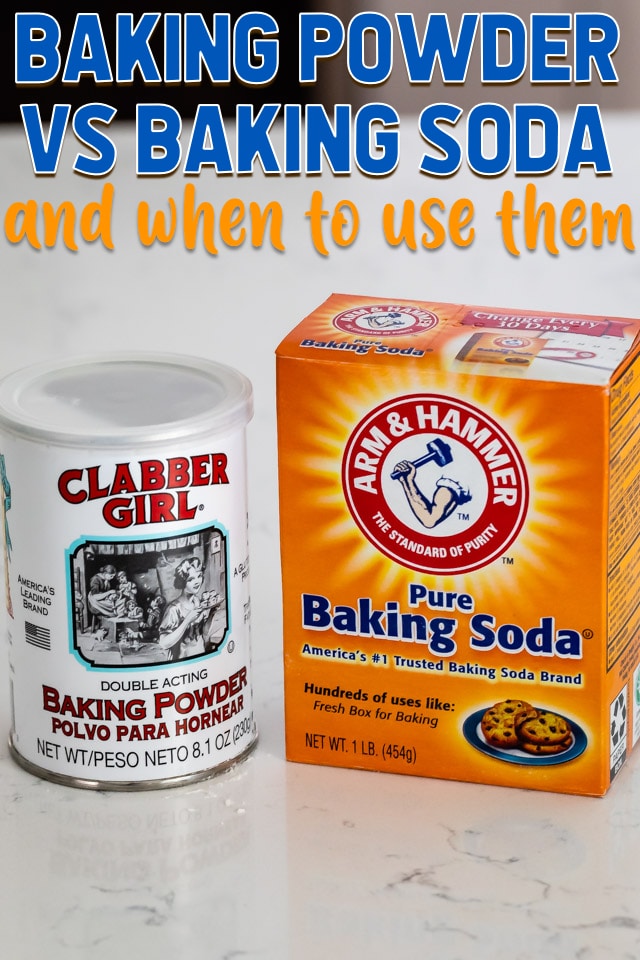
Are Baking Soda and Baking Powder the same?
No! Baking soda and baking powder are both leaveners, which means that they generate gas (carbon dioxide) during mixing and baking. This gas is what causes your baked goods to “rise” while baking. Almost every baking recipe uses one or the other (or a combination) to make cakes, cookies, muffins and quick breads light, moist, fluffy, soft, and/or chewy (or whatever that particular recipe is supposed to taste like). Everyone needs to know that baking soda and baking powder are very different leavening agents. They do different things and are made up of different compounds; you cannot use one for the other without some serious changes or thought.
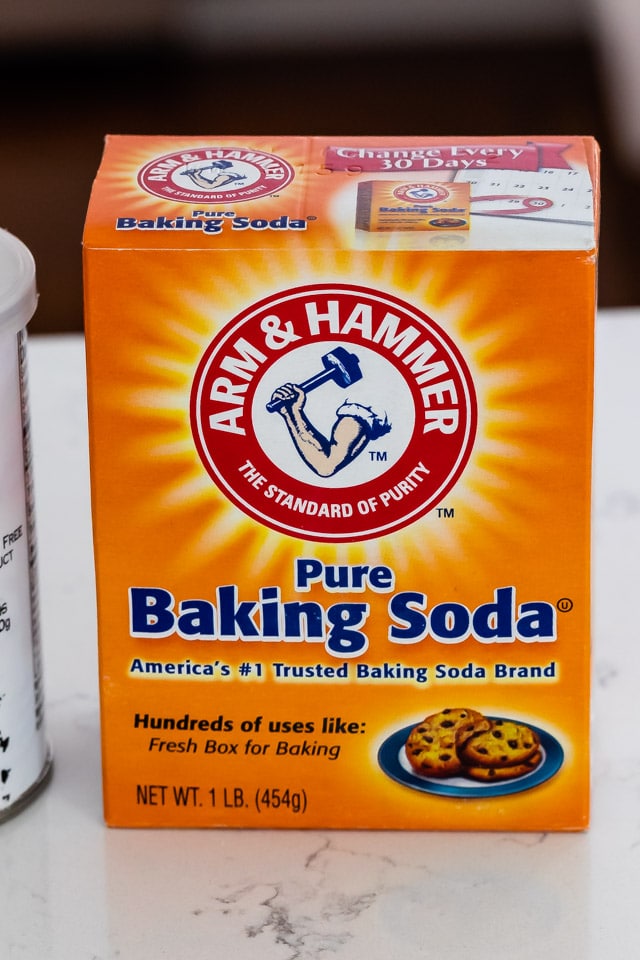
What is Baking Soda?
Baking soda is pure sodium bicarbonate. Think back to your volcano-making days in the third grade: to make the volcano explode, you added baking soda and vinegar to the base and it bubbled up. Baking soda reacts with acid (i.e. the vinegar) to create a chemical reaction.
The same process applies when you’re thinking about baking with baking soda. Baking soda requires some sort of acid to cause a reaction, allowing it to bubble and grow, creating rise in your baked goods. Many recipes you see for cakes, quick breads, muffins or pancakes also include lemon juice, vinegar, or buttermilk, which are types of acid. The acid actives the baking soda during baking, causing your quick bread to rise and cakes to be moist. Baking soda neutralizes the acid so you don’t necessarily taste lemon or buttermilk in your finished recipe; they’re chosen as an ingredient specifically to activate the baking soda.
When you’re using baking soda, it’s important to bake your recipes immediately or they’ll fall flat.
Remember that baking soda mixed with acid immediately reacts (think volcano) so if you let your batter sit at all, it won’t rise properly.
What is Baking Powder?
Baking powder contains sodium bicarbonate (i.e. baking soda) but it also includes an acid ingredient (cream of tartar) and usually some sort of drying agent (i.e. starch). Baking powder is actually sold in two forms: single-acting and double-acting. As a general practice, it’s best to buy double-acting because it’s more forgiving. Single-acting baking powder, like baking soda, begins reacting when moisture is added and needs to be used immediately after mixing. Double-acting baking powder starts reacting when moisture is added but then a second reaction occurs during baking. Double-acting baking powder can sit for longer before baking and is more commonly sold.
Because baking powder has baking soda inside of it, you can substitute baking powder in place of baking soda occasionally in baking. It will affect taste and outcome and you’ll need to use more baking powder and possibly other ingredients, but in a pinch you can do it.
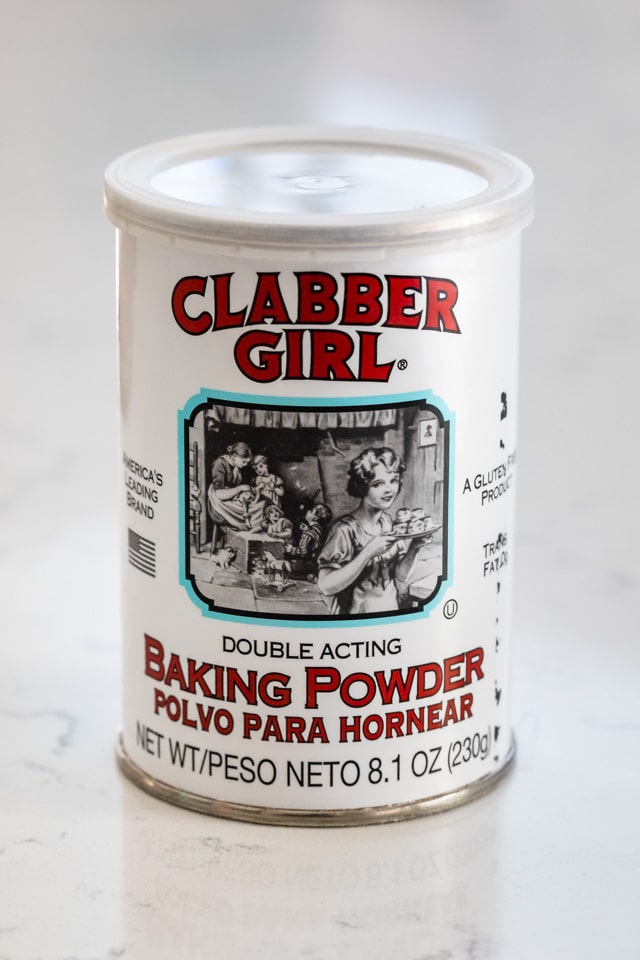
When do you use baking soda in recipes?
For the most part, you need to look at the ingredients of a recipe to determine why it’s calling for baking soda or baking powder.
Baking soda is going to be used in recipes that also include an acidic ingredient (i.e. buttermilk or lemon juice). Without the acid, a recipe with baking soda will taste bitter. For example, many of my banana breads and muffin recipes use baking soda and buttermilk.
SAVE THIS RECIPE
How to use Baking Powder in Baking
Baking powder, because it includes the acid and the base, will have a neutral taste and most often, recipes that call for baking powder will also use a neutral tasting ingredient, like milk. For example, my cake roll recipes use baking powder because there aren’t many acidic ingredients in the recipe.
Why some recipes use both Baking Powder and Baking Soda
Of course, there are some recipes that don’t follow this general rule. My chocolate cupcakes use baking soda and vinegar (and cocoa is also acidic) but that is to compensate for the recipe being egg-free. Some of my recipes call for buttermilk when baking powder is used (like biscuits) but that’s because we want the flavor of the buttermilk to come through a bit in the end result.
Why do cookies call for baking soda?
I was anticipating that question: all of my cookie recipes use baking soda, not powder. And, if you look at the other ingredients, they’re not obviously acidic. So what gives?
For one, lemon and buttermilk aren’t the only things that are acidic. Did you know that cocoa powder and brown sugar are both acidic? Many cookie recipes include brown sugar, the acid needed to activate the baking soda, which gives cookies a chewy texture and helps them spread. Too much baking soda and you’ll get a super flat cookie, too little and your cookie will be flat but also hard. Most often you’ll see sugar cookies with baking powder because baking powder yields a softer and more cake-like cookie.
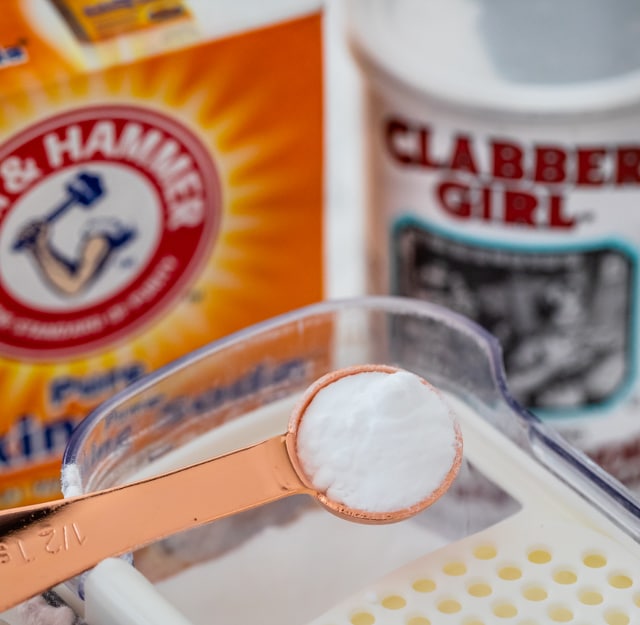
How do you substitute baking soda and baking powder in recipes?
Honestly, I don’t recommend it. But you can substitute baking powder in place of soda (you’ll need more baking powder and it will probably affect the taste) but you cannot do the reverse. The best option is to make sure your pantry is stocked with both baking soda and baking powder for best baking results!
Check out all my substitutions for baking here.
How long does baking soda and baking powder last?
These ingredients do go bad – so be sure to check the use by date on the box or can. To test baking soda for doneness, add a bit to some lemon juice or vinegar to see if it bubbles. If it does – it’s still active.
To test baking powder to see if it’s still good, add a bit to some hot water and if it bubbles, it’s still fresh.
Looking for more baking tips?
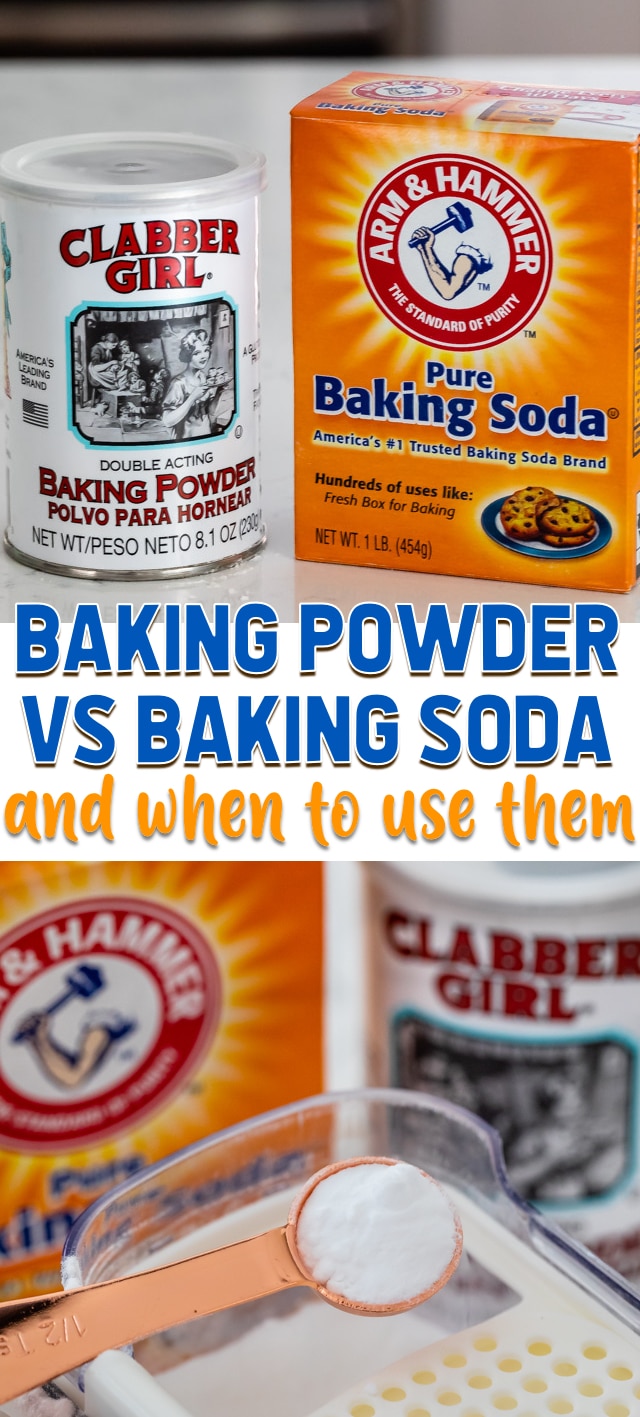
This is such a great article. It should never leave the #1 spot in search results.
Thank you for your article. I could not figure out the truth of baking with baking soda or powder for years, but its purpose was explained very well in this article. Maybe i can give more breads cakes and cookies a try now for the future!
Thx again….(i will check more of your articles).
Thank you for the great tips on baking soda vs baking powder and also about the differences in cocao!
This is an eye opener!
This comment is about the baking soda/baking powder. I have a recipe for banana bread and it has baking soda, but no lemon or other ingredient that should keep it from being bitter. I just made it the other day and it didn’t taste bitter at all. Here are the ingredients and it is really a good recipe:
1/2 cup butter
1 cup granulated sugar
2 large eggs
2 cups all-purpose flour
1 teaspoon baking soda
1/2 teaspoon salt
2 large bananas, mashed
1/2 cup walnuts, chopped
Featured In